
Artificial Light Sources: Illuminating the Path of Innovation
- Home
- Artificial Light Sources: Illuminating the Path of Innovation
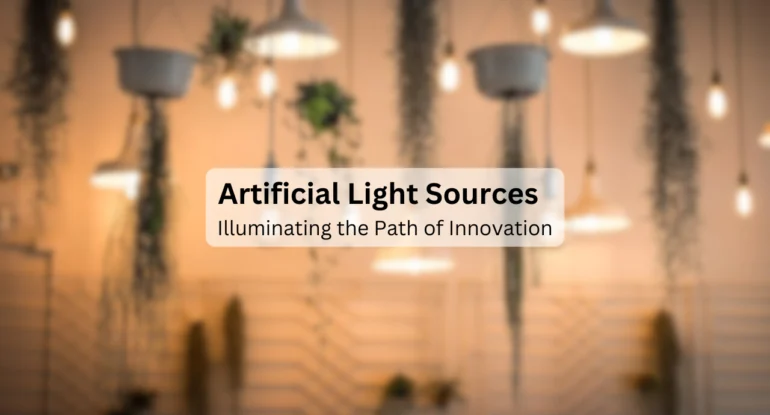
Artificial Light Sources: Illuminating the Path of Innovation
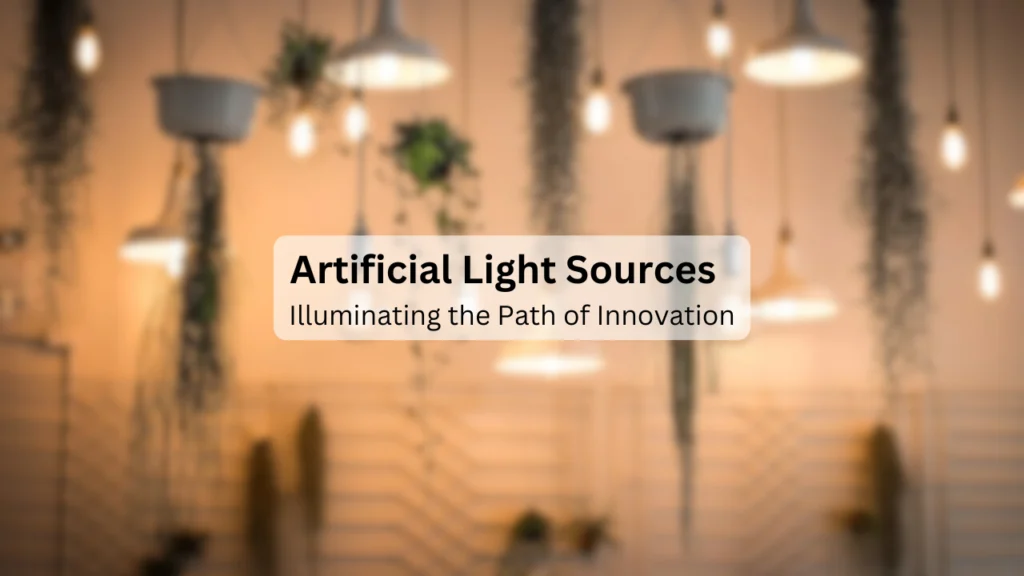
Artificial light sources have dramatically transformed human civilization. From the flicker of candle flames to the gleam of high-efficiency LEDs, artificial lighting has not only extended our productive hours beyond sunset but also revolutionized industries, urban landscapes, and personal lifestyles. This article delves into the history, types, technological advances, environmental considerations, and future trends of artificial light sources, highlighting their pivotal role in shaping modern society.
A Historical Perspective: From Firelight to Electric Brilliance
Before the advent of artificial lighting, humans were limited to the natural rhythms of the day. The earliest sources of light—fire, torches, and oil lamps—provided rudimentary illumination, allowing our ancestors to extend their activities into the night. These primitive light sources, while innovative for their time, were fraught with challenges such as smoke production, limited brightness, and safety hazards.
The transformation began with the development of gas lighting in the early 19th century. Urban centers around the world lit streets and public spaces with gas-powered lamps, marking the first major leap toward safer and more consistent lighting. This innovation not only improved public safety but also extended the hours of commerce and social interaction.
The real revolution in artificial lighting came with the invention of the electric light bulb. Pioneers like Thomas Edison and Joseph Swan harnessed the principles of electricity to produce a sustainable and safer form of lighting. The incandescent bulb, with its simple yet effective design, became a household staple. Despite its inefficiencies—primarily energy loss through heat—the incandescent bulb set the stage for continuous innovation in the field.
By the mid-20th century, new technologies such as fluorescent lighting and halogen bulbs emerged. These sources offered higher energy efficiencies and longer lifespans compared to incandescent bulbs. In recent decades, the advent of Light Emitting Diodes (LEDs) has revolutionized artificial lighting. LEDs have not only increased efficiency and durability but also enabled a wide range of design possibilities, from color-changing architectural accents to intricately controlled street lighting.
Diverse Types of Artificial Light Sources
Artificial lighting encompasses a broad spectrum of technologies, each with its unique working principles, advantages, and applications. Here’s a closer look at some of the major types:
Incandescent Bulbs
Incandescent bulbs generate light by heating a tungsten filament until it glows. Their warm light quality has been cherished for over a century, making them a classic choice for residential environments. However, their low energy efficiency and relatively short lifespan compared to modern alternatives have led to their decline in many applications.
Advantages:
-
Warm, pleasing light quality.
-
Simple design and widespread availability.
Disadvantages:
-
High energy consumption.
-
Shorter lifespan and higher heat output.
Fluorescent Lights
Fluorescent lamps function by exciting mercury vapor, which produces ultraviolet light. This UV light is then converted into visible light through a phosphorescent coating inside the tube. Fluorescent lights have become popular in office and industrial settings due to their improved energy efficiency over incandescent bulbs.
Advantages:
-
Greater energy efficiency.
-
Longer lifespan than incandescent bulbs.
Disadvantages:
-
Contain small amounts of mercury, requiring careful disposal.
-
Can produce a harsh, less natural light quality if not properly diffused.
Light Emitting Diodes (LEDs)
LEDs represent the pinnacle of modern lighting technology. Unlike incandescent bulbs, LEDs use semiconductors to convert electricity directly into light. Their exceptional energy efficiency, longevity, and versatility have led to rapid adoption across various sectors, from residential to industrial and even in outdoor urban infrastructure.
Advantages:
-
High energy efficiency and low heat generation.
-
Extremely long lifespan.
-
Flexibility in color and design applications.
-
Environmentally friendly with fewer hazardous materials.
Disadvantages:
-
Higher initial cost, although offset by long-term savings.
-
Potential issues with light distribution if not designed properly.
Halogen Lamps
Halogen lamps are an enhanced version of incandescent bulbs. They use a halogen gas to recycle tungsten back onto the filament, which increases both brightness and lifespan. While still less energy-efficient compared to LEDs or fluorescents, halogen lamps provide superior color rendering and are often used in situations where high-quality light is essential, such as in galleries and high-end retail displays.
Advantages:
-
Excellent color rendering and brightness.
-
Improved efficiency over traditional incandescent bulbs.
Disadvantages:
-
Higher operating temperatures.
-
Still lag behind LED efficiency and longevity.
Specialized Artificial Lighting
Beyond the common household and office lights, there are several specialized artificial light sources designed for niche applications:
-
High-Intensity Discharge (HID) Lamps: Often used in large outdoor areas like sports stadiums and industrial sites, HIDs produce a very bright light over a large area.
-
Lasers: Employed in cutting-edge technologies, lasers are crucial in telecommunications, medical equipment, and scientific research.
-
Neon Lighting: Known for its vibrant colors and flexibility in design, neon lighting has become synonymous with signage and artistic installations.
-
Fiber Optic Lighting: Utilized in both telecommunications and decorative applications, fiber optics offer the advantage of transmitting light over long distances with minimal loss.
Technological Innovations and Environmental Impact
The rapid evolution of artificial lighting, particularly with the rise of LED technology, has brought significant technological innovations while also addressing environmental concerns. Modern lighting systems are increasingly integrated with smart technology, allowing for enhanced control, energy management, and user customization.
Advancements in LED Technology
LEDs have transformed artificial lighting by offering unmatched energy efficiency and longevity. With ongoing research, LEDs are becoming even more versatile:
-
Color Tunability: Modern LED systems can adjust color temperature dynamically, improving visual comfort and aligning with natural circadian rhythms.
-
Smart Lighting Systems: Integration with the Internet of Things (IoT) has enabled smart lighting that can be controlled via smartphones or central management systems. These systems optimize energy use by adjusting brightness based on occupancy and ambient light conditions.
-
Sustainable Materials: Innovations in LED manufacturing focus on reducing the environmental impact by using recyclable materials and improving production processes.
Energy Consumption and Efficiency
The environmental benefits of advanced artificial lighting are substantial. LEDs, for example, use up to 80% less energy than incandescent bulbs, significantly reducing carbon emissions when deployed on a large scale. Energy-efficient lighting is a critical component in efforts to mitigate climate change, as buildings and urban areas account for a significant portion of global energy consumption.
Recycling and Disposal
Despite their benefits, artificial light sources pose challenges in recycling and disposal, particularly fluorescent lights containing mercury and electronic components in LEDs. Manufacturers and policymakers are increasingly focusing on creating sustainable disposal methods and promoting recycling programs to mitigate the environmental impact.
Applications and Societal Influence
Artificial lighting is omnipresent in our daily lives, influencing various aspects of society, from safety and commerce to health and art.
Urban and Street Lighting
One of the most transformative applications of artificial lighting is in urban infrastructure. Modern street lighting not only enhances safety by reducing crime rates but also improves road visibility, contributing to reduced traffic accidents. The shift towards LED streetlights has further enhanced energy efficiency and reduced maintenance costs for municipalities.
Architectural and Interior Design
The quality and design of artificial lighting have a profound impact on architecture and interior design. Thoughtfully designed lighting can accentuate architectural features, create ambiance, and improve the functionality of living and working spaces. Innovations like circadian lighting systems, which mimic natural daylight cycles, have been integrated into residential and commercial buildings to improve occupant well-being.
Agricultural Applications
Agriculture has also benefited from advancements in artificial lighting. Grow lights, particularly LEDs, are used in controlled environment agriculture (CEA) such as greenhouses and vertical farms. These lights enable the precise control of light intensity and spectrum, optimizing plant growth, improving yields, and reducing reliance on seasonal sunlight.
Medical and Therapeutic Uses
Artificial lighting plays a crucial role in the medical field. In surgical theaters, high-intensity, color-corrected lights ensure that medical professionals have the best possible visibility. Additionally, phototherapy—using specific wavelengths of light—is employed to treat conditions like neonatal jaundice and certain skin disorders. Emerging research is also exploring the potential of light therapy in treating mood disorders such as Seasonal Affective Disorder (SAD).
Entertainment and Visual Arts
The entertainment industry leverages artificial lighting to create immersive experiences. Stage lighting in theaters, concert venues, and film sets uses sophisticated lighting rigs to set moods, highlight performers, and enhance the overall visual narrative. The evolution of LED technology has also opened up new avenues for creative expression, enabling dynamic color changes and intricate light shows that captivate audiences worldwide.
The Intersection of Artificial Lighting and Human Health
The impact of artificial light on human health has become a critical area of study. While artificial light has undeniably improved productivity and quality of life, it also poses challenges, particularly when it interferes with natural circadian rhythms.
Circadian Rhythms and Light Exposure
Human circadian rhythms are influenced by natural light-dark cycles. Exposure to artificial light, especially blue light emitted by screens and LED lights, can disrupt these cycles, affecting sleep patterns and overall health. Researchers are now developing lighting solutions that minimize blue light exposure during nighttime hours while ensuring adequate illumination during the day. This balance is crucial for maintaining healthy sleep patterns and preventing issues such as insomnia and eye strain.
Mental Health Considerations
There is growing evidence linking the quality and timing of artificial light exposure to mental health outcomes. Studies suggest that properly designed lighting systems can reduce the incidence of mood disorders, such as depression and Seasonal Affective Disorder (SAD). By mimicking the natural progression of daylight, circadian lighting systems help maintain hormonal balance and support mental well-being.
Future Trends and Research Directions
The future of artificial lighting is poised for exciting advancements driven by sustainability, smart technology, and innovative materials.
The Rise of Organic LEDs (OLEDs) and Quantum Dot LEDs
Organic LEDs (OLEDs) represent a breakthrough in flexible, thin-film lighting solutions. OLEDs offer several advantages, including the ability to produce diffuse, even light across surfaces and the potential for integration into building materials. Similarly, quantum dot LEDs (QD-LEDs) promise enhanced color accuracy and efficiency, pushing the boundaries of what artificial lighting can achieve.
Integration with Smart Cities
As urban centers evolve into smart cities, artificial lighting will play a central role in creating connected, energy-efficient communities. Smart lighting systems integrated with IoT networks can dynamically adjust brightness based on real-time data from sensors, traffic patterns, and weather conditions. This integration not only enhances energy efficiency but also improves public safety and quality of urban life.
Renewable Energy and Solar-Powered Lighting
The growing emphasis on renewable energy is influencing the development of solar-powered lighting solutions. These systems are particularly beneficial for remote or underdeveloped areas where access to conventional power grids is limited. Advances in battery technology and energy storage are making solar-powered LED streetlights and residential systems more viable, further reducing the environmental footprint of artificial lighting.
Exploring Bioluminescence and Sustainable Alternatives
Research into bioluminescence—the natural production of light by living organisms—offers intriguing possibilities for sustainable lighting solutions. Scientists are exploring how bioluminescent organisms could be harnessed for low-energy, eco-friendly illumination. While still in its infancy, this field of research represents a novel intersection between biology and technology that could redefine our approach to artificial lighting.
Addressing Challenges and Opportunities
Despite the remarkable progress, challenges remain. Issues such as light pollution, the environmental impact of electronic waste, and the health effects of prolonged artificial light exposure require ongoing research and policy intervention. Future innovations will need to balance technological advancement with ecological and societal well-being, ensuring that artificial lighting continues to be a boon rather than a burden.
Conclusion: Lighting the Way Forward
Artificial light sources have come a long way from their humble origins. Today, they are an integral part of our daily lives, influencing how we work, live, and interact with our environment. From the soft glow of an incandescent bulb to the dynamic efficiency of modern LEDs, each technological leap has brought us closer to a world where light is not just a necessity but also a tool for innovation and creativity.
The evolution of artificial lighting has been marked by continuous innovation, addressing the challenges of energy consumption, environmental impact, and human health. As we look to the future, the convergence of smart technology, renewable energy, and sustainable materials promises to further revolutionize this field. Whether it’s through the development of OLEDs, the integration of lighting systems into smart cities, or the exploration of bioluminescent alternatives, the future of artificial light sources is bright indeed.
In conclusion, the journey of artificial lighting reflects humanity’s enduring quest to harness nature’s power for progress. By embracing sustainable practices and innovative technologies, we can ensure that artificial light continues to illuminate our nights, power our economies, and inspire future generations. The interplay of technology and nature in this domain is a testament to our capacity for creativity and adaptation—a beacon guiding us toward a more efficient, sustainable, and enlightened future.
Related posts:
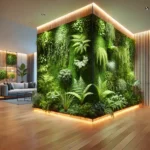 Indoor Vertical Green Wall: A Sustainable and Stylish Way to Transform Your Space
Indoor Vertical Green Wall: A Sustainable and Stylish Way to Transform Your Space
 Low Light Indoor House Plants: Effects, Light Impact, and Maintenance Tips for GULF countries
Low Light Indoor House Plants: Effects, Light Impact, and Maintenance Tips for GULF countries
 Eco-Friendly Farming: Why Aquaponics Is the Next Big Thing in Agriculture
Eco-Friendly Farming: Why Aquaponics Is the Next Big Thing in Agriculture
 Indoor Plants: A Complete Guide to Transform Your Living Space
Indoor Plants: A Complete Guide to Transform Your Living Space
- Blog Categories
- Basic of Artificial Lighting for Plants
- Basic of grow Light
- Case Studies
- General Awareness
- Indoor Vertical Farming
- Medical Plant Research
- Online Tool
- Pitch Grow Light
- Plant Lighting Measurement
- Speed Breeding
- Supplemental Lighting
- Tissue Culture Grow Lights
- Vertical Green Wall
- LED Grow Lights
- Pharma Segment
- General
Popular Products
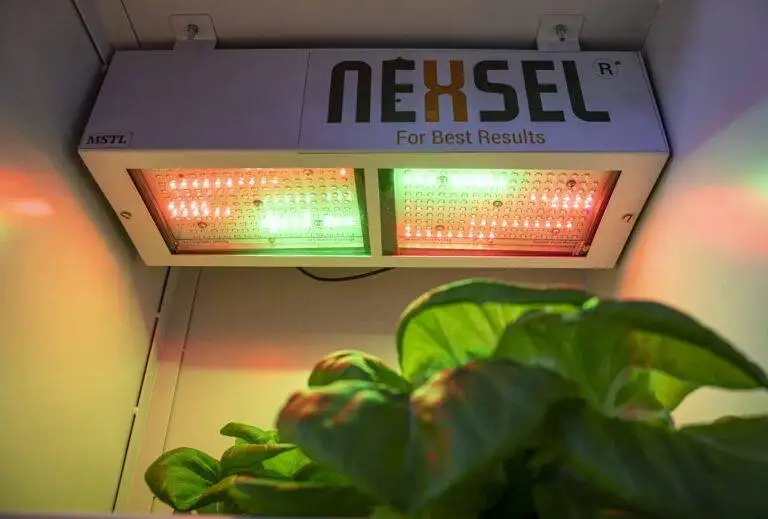
Enquire Now
Quick Link
Other Links
Design & Developed By VBTEK


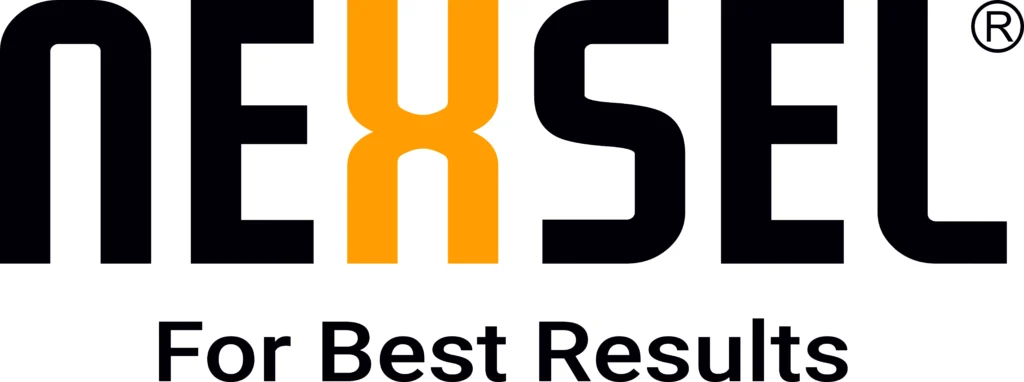
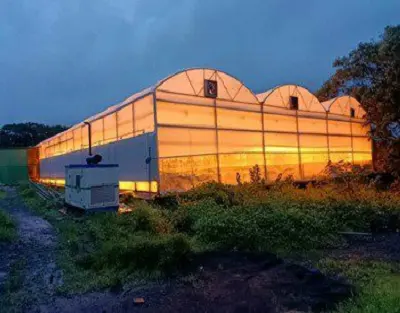
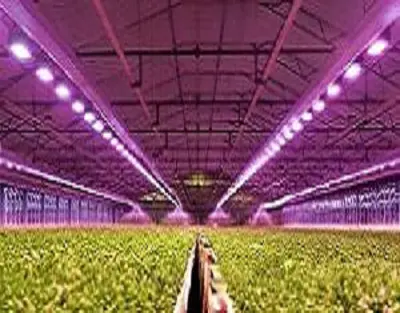
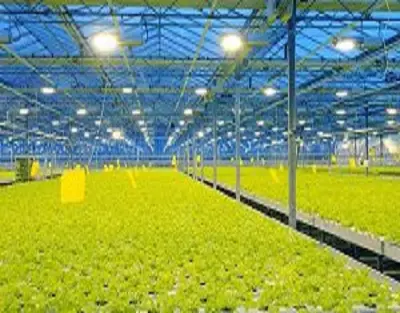

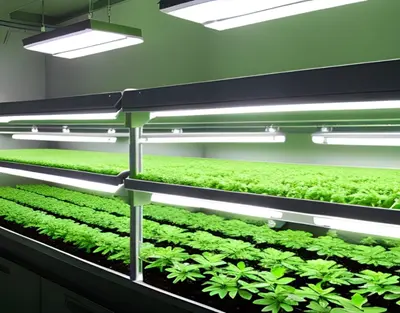

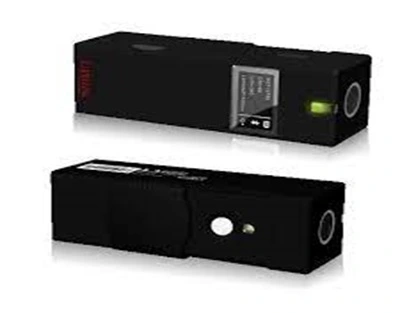
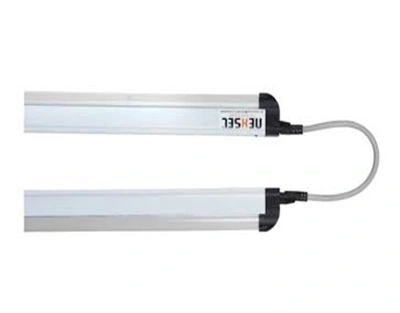
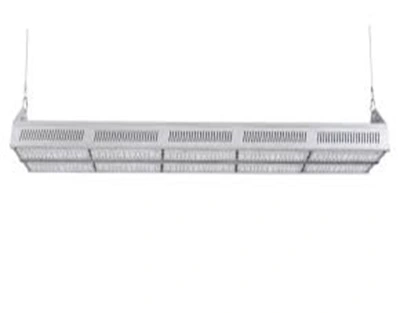
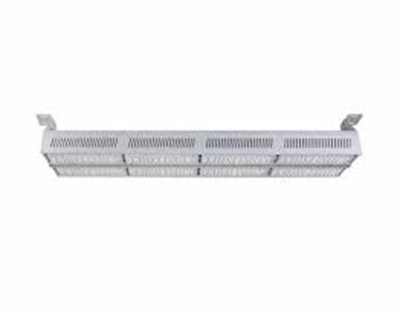
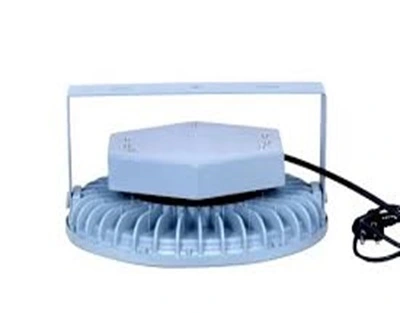
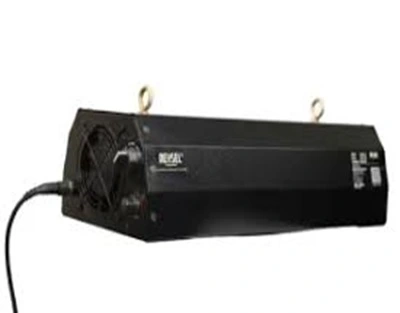

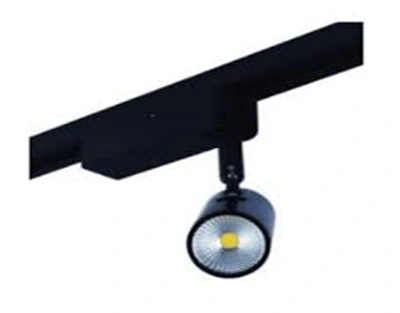
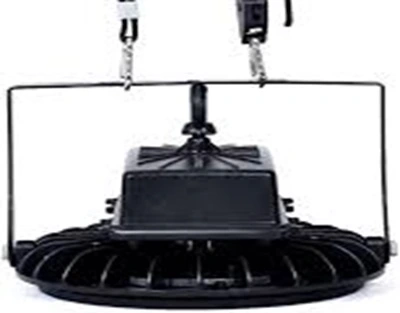
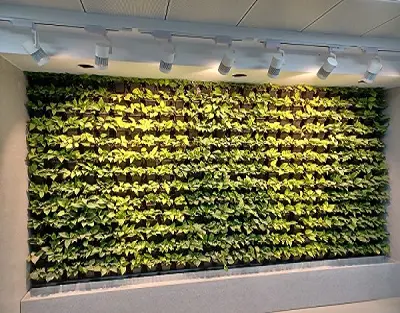
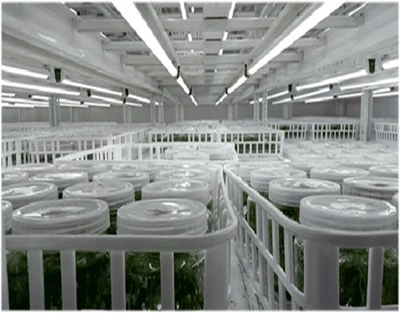
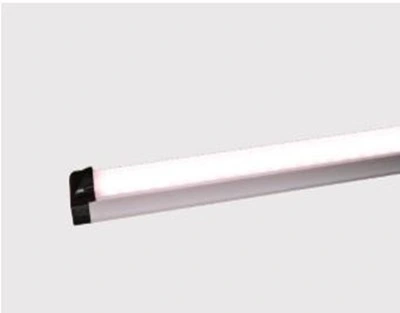
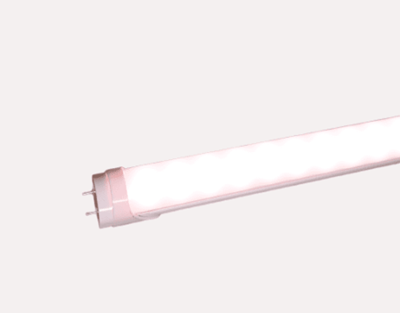
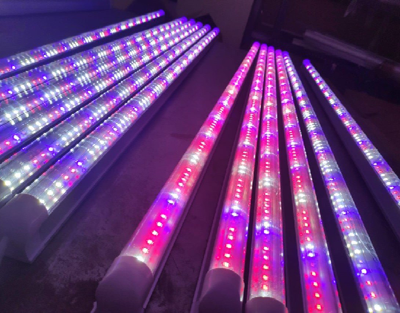
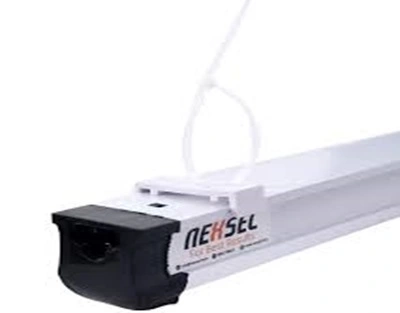
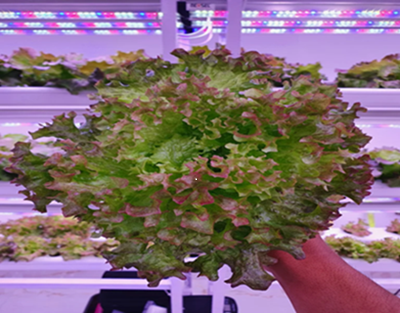

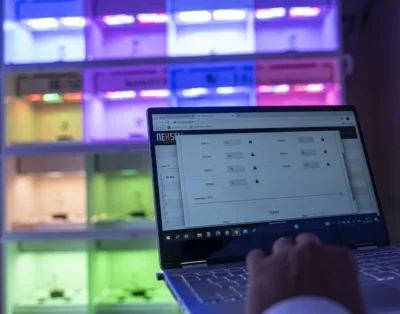


Leave A Comment